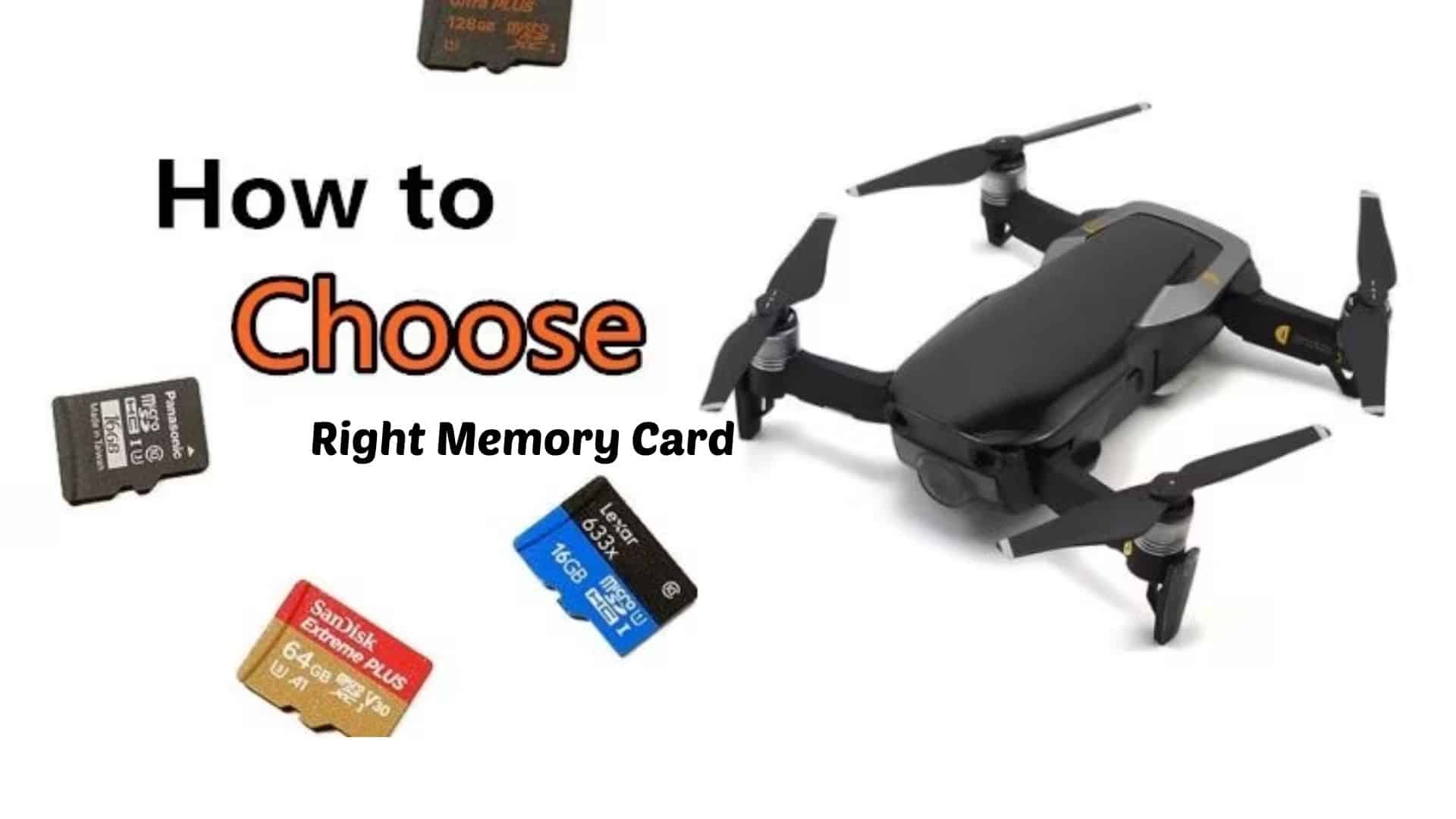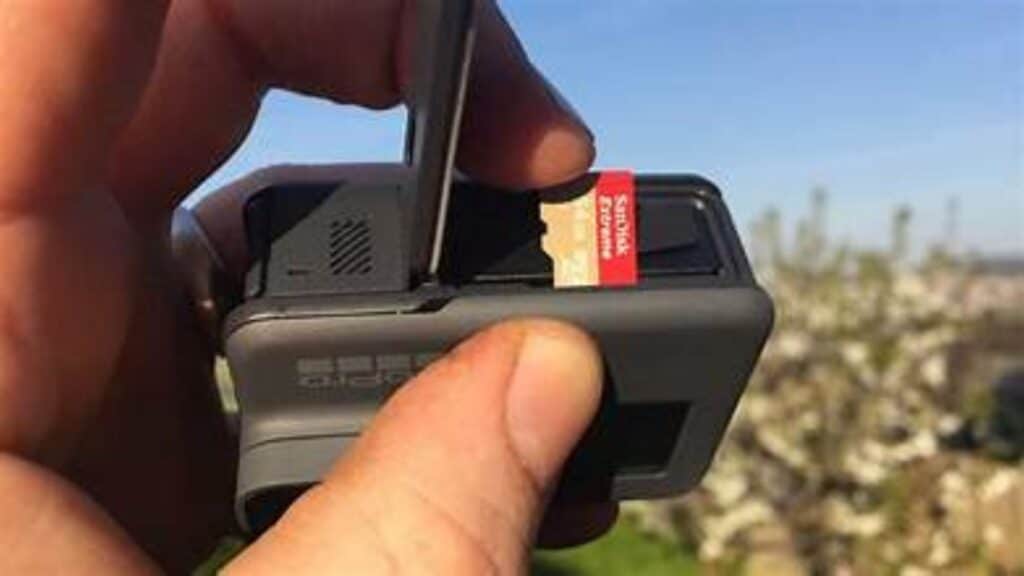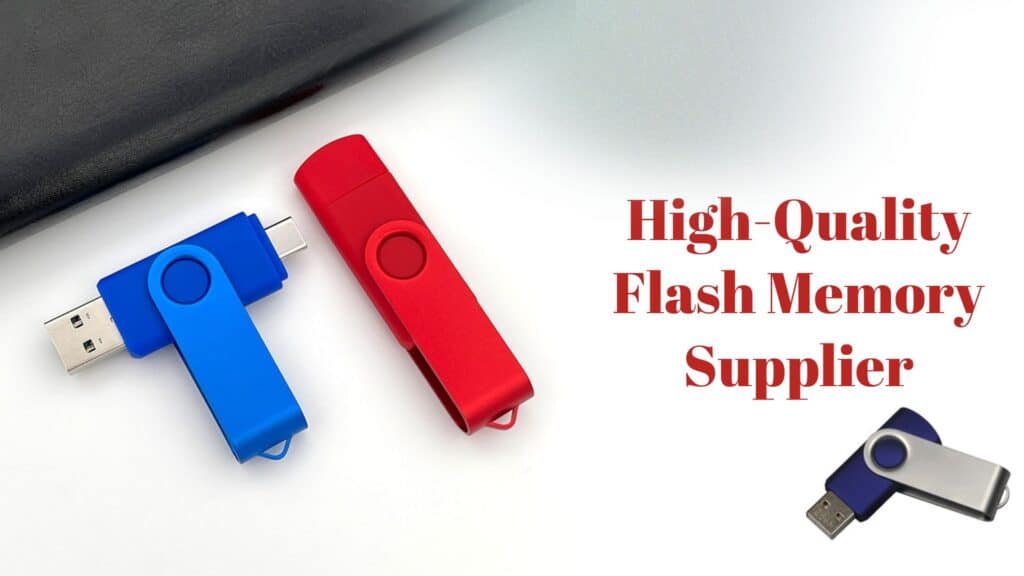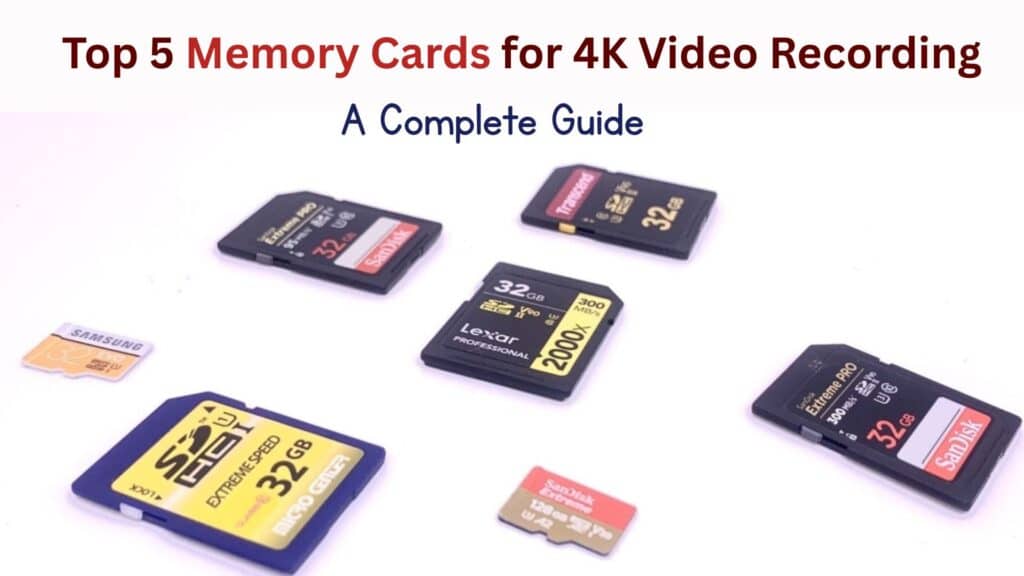How to Choose the Right Memory Card for Drones

Drones have revolutionized aerial photography and videography, allowing professionals and hobbyists to capture stunning visuals from above. However, to store high-resolution footage efficiently, selecting the right memory card is crucial. Whether you’re using a CF memory card, a terabyte SD card, Right Memory Card or an SD 1TB, ensuring compatibility, speed, and reliability is essential for seamless recording and data storage. In this guide, we’ll walk you through the key factors to consider when choosing a memory card for your drone.
Understanding Memory Card Types: Right Memory Card
Not all memory cards are created equal. Drones typically use one of the following types of memory cards:
1. Secure Digital (SD) Cards
SD cards are the most common storage solution for drones. They are widely available, relatively affordable, and come in various capacities and speed classes. High-capacity options like the terabyte SD card and SD 1TB provide ample space for storing ultra-high-definition videos, making them a popular choice for professional drone pilots.
2. CompactFlash (CF) Cards
A CF memory card is another option, though it is less frequently used in consumer drones. CF cards are known for their faster read/write speeds and durability, making them ideal for high-end cinematography drones and professional applications. However, before investing in a CF card, check whether your drone supports this format.
Key Factors to Consider When Choosing a Drone Memory Card
1. Storage Capacity Right Memory Card
Drone footage, especially in 4K and 8K resolutions, requires significant storage space. Here’s how different storage capacities translate into recording time:
- 32GB: 15-20 minutes of 4K video
- 128GB: 1 hour of 4K video
- 512GB: 4 hours of 4K video
- 1TB (SD 1TB / Terabyte SD Card): 8+ hours of 4K video
If you frequently shoot in RAW or high-bitrate video formats, a terabyte SD card or an SD 1TB is a smart investment to prevent storage limitations.
2. Speed Class and Performance
Speed is critical when selecting a memory card for drones. A slow card can cause dropped frames or recording failures, negatively impacting footage quality. Look for the following ratings:
- UHS Speed Class (U1, U3): U3 is recommended for 4K and 8K video recording.
- Video Speed Class (V30, V60, V90): V60 or V90 ensures high-speed data transfers and smooth recording.
- Bus Interface (UHS-I vs. UHS-II): UHS-II offers faster write speeds, reducing buffering issues.
A CF memory card often outperforms SD cards in speed, but only certain high-end drones support them. Always verify compatibility before purchasing.
3. Durability and Reliability
Drones operate in diverse environments, from freezing temperatures to humid conditions. A durable memory card should be:
- Waterproof
- Shockproof
- Temperature-resistant
- X-ray and magnetic-proof
Many high-end terabyte SD card models come with these protective features, ensuring data remains intact even in extreme conditions.
4. Brand and Compatibility
Not all memory cards work efficiently with every drone. Major drone manufacturers often specify recommended memory card brands and models for optimal performance. Reliable options include:
- SanDisk Extreme PRO SD 1TB (UHS-I, V30)
- Lexar Professional 1TB SD Card (V60, UHS-II)
- Sony TOUGH CF Memory Card (XQD, V90)
5. Price vs. Performance
A terabyte SD card can be expensive, but if you’re shooting high-resolution video, it’s a worthwhile investment. Cheaper alternatives may lack speed, durability, or reliability, leading to potential data loss. Always balance cost with quality to get the best value.
Best Memory Cards for Popular Drones
Here are some ideal memory card choices for different drone models:
- DJI Mavic 3 Pro: SanDisk Extreme PRO SD 1TB (UHS-I, V30)
- Autel EVO II 8K: Lexar Professional 1TB SD Card (V60, UHS-II)
- DJI Inspire 2: Sony TOUGH CF Memory Card (XQD, V90)
These options provide high storage capacity and fast write speeds to support professional video recording.
Common Mistakes to Avoid When Buying a Drone Memory Card
1. Choosing the Wrong Speed Class
A memory card with a lower speed class (e.g., U1 or V10) may not handle 4K or 8K video smoothly, leading to dropped frames or corrupted files. Always opt for U3, V60, or higher Drone Memory Card.
2. Ignoring Compatibility
Not all drones support CF memory cards or high-capacity SD cards. Check your drone’s specifications before purchasing.
3. Buying Unverified or Counterfeit Cards
Avoid purchasing cheap, unbranded memory cards from unknown sellers, as they may be unreliable or even fake. Stick to reputable brands and authorized retailers.
4. Underestimating Storage Needs
If you shoot in high resolution or extended sessions, a terabyte SD card or SD 1TB ensures you won’t run out of space in the middle of a project.
5. Neglecting Backup Solutions
Even the best memory cards can fail. Regularly back up your footage to an external drive or cloud storage to prevent data loss.
How to Maintain and Maximize Memory Card Performance
1. Format the Card Regularly
To keep your memory card in optimal condition, format it in your drone before each use. This clears unnecessary files and prevents data corruption.
2. Use a High-Speed Card Reader
Invest in a UHS-II or CFexpress-compatible card reader for faster file transfers, reducing waiting times when working with large video files.
3. Store Cards Properly
Keep memory cards in protective cases when not in use to prevent physical damage and exposure to extreme temperatures.
4. Monitor for Wear and Tear
Over time, memory cards can degrade. If you notice slow performance or frequent errors, replace the card to avoid potential failures.
Conclusion
Choosing the right memory card for your drone is crucial for ensuring smooth recording and data security. Whether you need a CF memory card, a terabyte SD card, or an SD 1TB, focus on factors such as speed, capacity, durability, and brand reliability. Investing in a high-quality memory card reduces the risk of recording failures and data loss, allowing you to capture breathtaking aerial footage without worry.
By selecting the best memory card for your needs, you can maximize your drone’s performance and ensure that every moment is safely stored for future editing and sharing.






